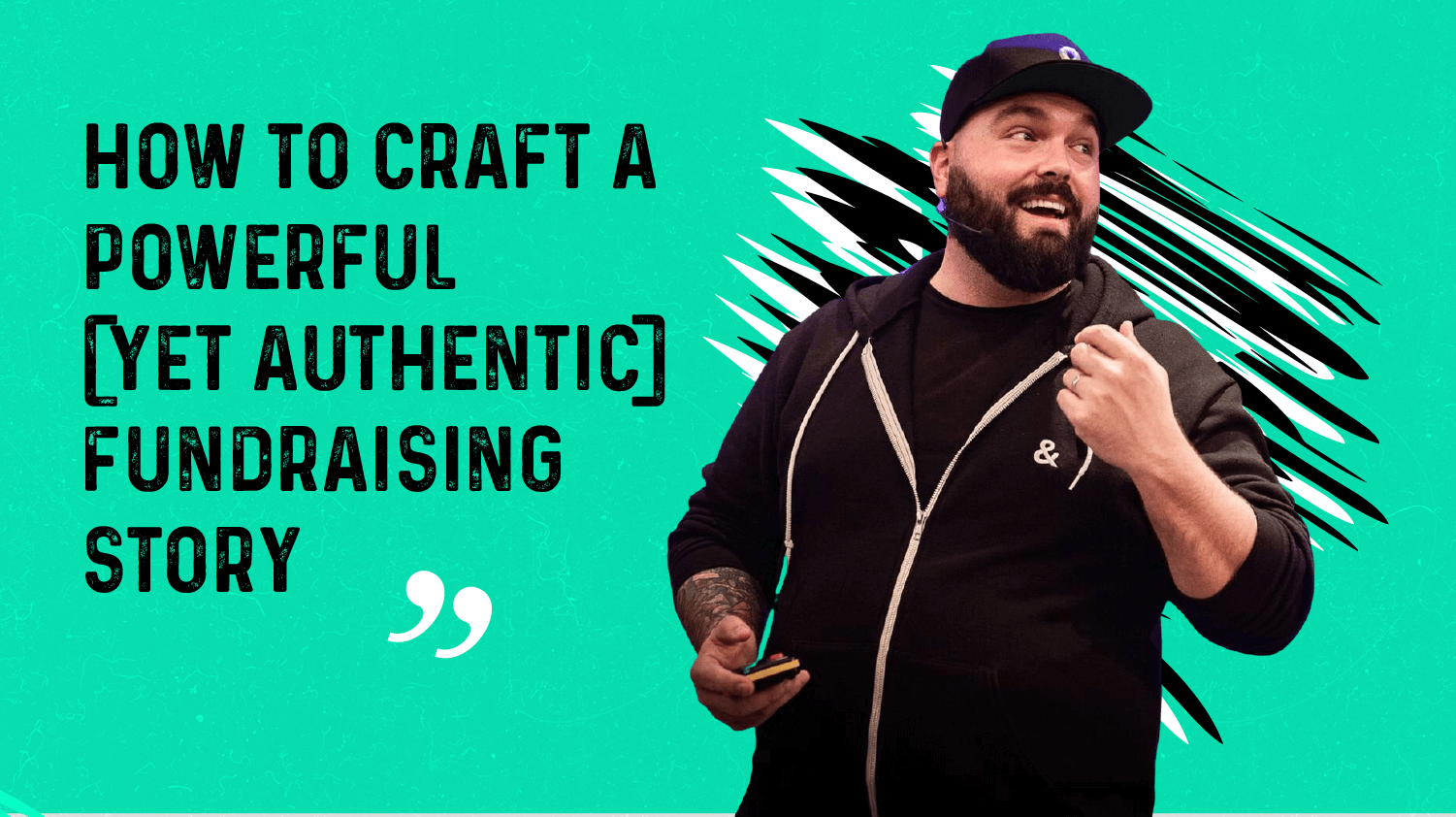

No one ever enjoys asking for money.
But when you work for or run a non-profit, fundraising is a fact of life.
Your life depends on it.
I recommend morphing into a great storyteller – fast.
Crafting a powerful fundraising story is the key to forming emotional connections with potential donors.
Authenticity is key.
We already have enough shady NGOs out there exploiting our desire to help people in need to make a quick buck.
Plus, your audience can smell baloney from a kilometre away – no matter how pure your intentions and actions.
That’s why today I wanted to cover how to craft a powerful – yet authentic – fundraising story for non-profits and NGOs.
Think about the last non-profit campaign you donated to yourself.
What stood out about it? What made you believe the organisation genuinely cared about the cause? What made you care about the cause, even if you knew nothing about it before donating?
Chances are that the organisation told a powerful story.
Look, people are naturally selfish. Most people can’t understand things they haven’t experienced themselves – much less care.
Storytelling resonates with people. It helps them put themselves in the shoes of the people you help with your donations.
Telling an amazing story also demonstrates how your organisation fits into the solution and why donations are key.
Non-profits need multiple stories to resonate with different demographics and types of people.
For example:
First, you want to conside who you’re writing the story for. Build audience personas using things like:
If you don’t map out your audience, your story won’t be specific enough to resonate with anyone.
Next, you need a hero in your story to connect with your target audience. Someone your target audience can relate to.
Take your audience on a journey about your protagonist through basic storyline principles:
Hint: Your organisation is part of the climax and resolution.
Boring stories don’t encourage us to form any emotional connection with the protagonist. That’s why they’re boring.
Stick with a single emotion for each story and weave it into the fabric of the story. Don’t be the film writer who treats the audience like they’re stupid and spells everything out.
Don’t just write stories yourself. Collect real stories from your donors, team, and beneficiaries.
You don’t necessarily need to overly embellish them. Just rewrite them into a narrative format so they grab attention and keep readers hooked.
This should go without saying, but any story you publish should be true. Not only is it effective and the right thing to do, but it will prevent you from any lawsuits or bad PR.
An effective fundraising story should demonstrate why you’re asking for money through the portrayal of your hero. Towards the end, you’ll explain why you need money (to help others like the protagonist).
It’s also key to clearly explain what you will do with the money so people can visualise their funds hard at work.
No one wants to read a novel. Get to the point and engage your readers with every sentence. Don’t spend too much time elaborating on the setting or providing background information. Stick with only “need to know” information. A couple hundred words is ideal.
Comic Relief recently announced they’d stop sending (usually white) celebrities to take pictures with starving African kids for their adverts. The optics just aren’t good, no matter the intentions.
A focus group can help you prevent issues like this because it provides diverse perspectives. The more people who read your story before it’s published, the better.
Over25% of people use ad blockers and that figure is expected to rise over the next few years.
While paid ads can certainly play a role in your marketing, they shouldn’t be the central focus.
Content marketing offers a lower cost and a sustainable solution. Instead of paying for each view, effective content marketing earns you organic (free) reach, traffic, and shares.
Your mission is the “why” behind your organisation’s existence. It identifies a problem to solve, like poverty, disease, famine, marginalisation, etc.
Your purpose, however, is the “how” you aim to solve the problem.
Ex: “We strive to alleviate homelessness by providing professional clothes and job resources to houseless people.”
In each piece of content, you’ll tell a story outlining why your mission is important and explain how your purpose helps solve it.
Non-profits really need multiple audience segments – not just two. However, you first need to split your audience into two: donors/financers and beneficiaries.
Have you ever stumbled across a non-profit’s website that doesn’t create content for beneficiaries? It’s shady as hell because it looks like they only collect money, not distribute it.
Keyword research is vital for reaching new audiences. Researching topics via tools like SEMrush and KWFinder will show you what your audience segments are searching and consuming online.
Tools like BuzzSumo can also help you research Facebook posts to find engaging topics:
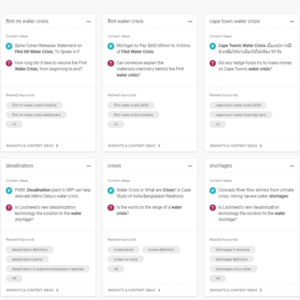
Once you have about a dozen keywords/topics, put them together in an editorial calendar. Shoot for one or two blogs per week and one or two social media posts per day on each platform.
Multimedia is the moneymaker. Videos, infographics, GIFs, and memes are goldmines for non-profits.
Use your multimedia to showcase why donations are needed and what problems you solve, as the UNRC did here in their story:
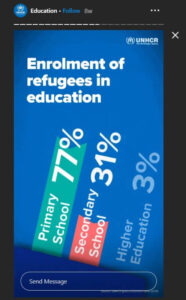
A content marketing strategy is critical for building a campaign that reaches viral status.
Viral non-profit campaigns always look natural, like they happened by chance. Look at the ALS ice bucket challenge.
In reality, these campaigns go viral because the creators developed and executed a strategy.
Face it. People are usually driven to share things based on selfish interests. That’s not necessarily a bad thing. We can take advantage of that by including a share trigger in every post.
A share trigger plays on someone’s desire to be a good person. For example, someone might share something:
If it takes too many clicks to donate, people just won’t do it. Non-profits must accept multiple payment options and make it seamless for people to donate.
Take advantage of the platform-based payment systems where you can, like Facebook Pay.
The right media outlets and blogs can help your campaign reach a wider yet highly targeted audience.
Let’s go back to BuzzSumo for this and stick with the “water crisis” topic. We might run a search again but this time for authors:
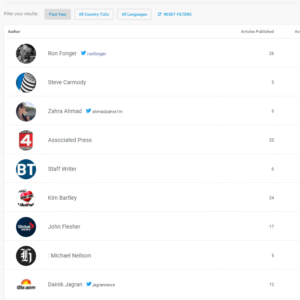
We could also run a search for cancer survivor influencers if that’s on-topic for the non-profit:
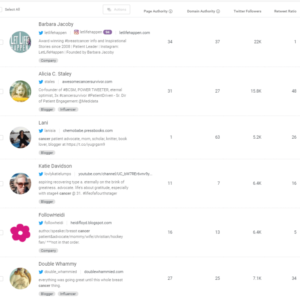
Influencers and authors will help get our stories on the screens of people who can relate to them.
Endorsements are powerful for NGOs and non-profits. Make sure your endorsements are from individuals or organisations who can relate to your target audience.
Fundraising campaigns work better when you can nail down your desired reach. Working within your immediate community demands different content and stories compared to a national or international audience.
Each landing page for your campaign should tell a specific story and include a distinct call-to-action. Make sure your CTAs relate to the story and your target audience segment.
Look how simple this popup landing page is for UNICEF:
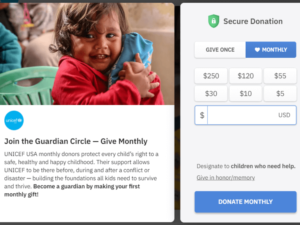
At the end of the day, all these tactics are just that – marketing tactics. You need to craft a powerful fundraising story, sure. But that story must be heartfelt, relatable, and 100% true.
People can smell BS from bogus NGO campaigns almost instantly.
Keep it real and explain how you’re a part of the solution.
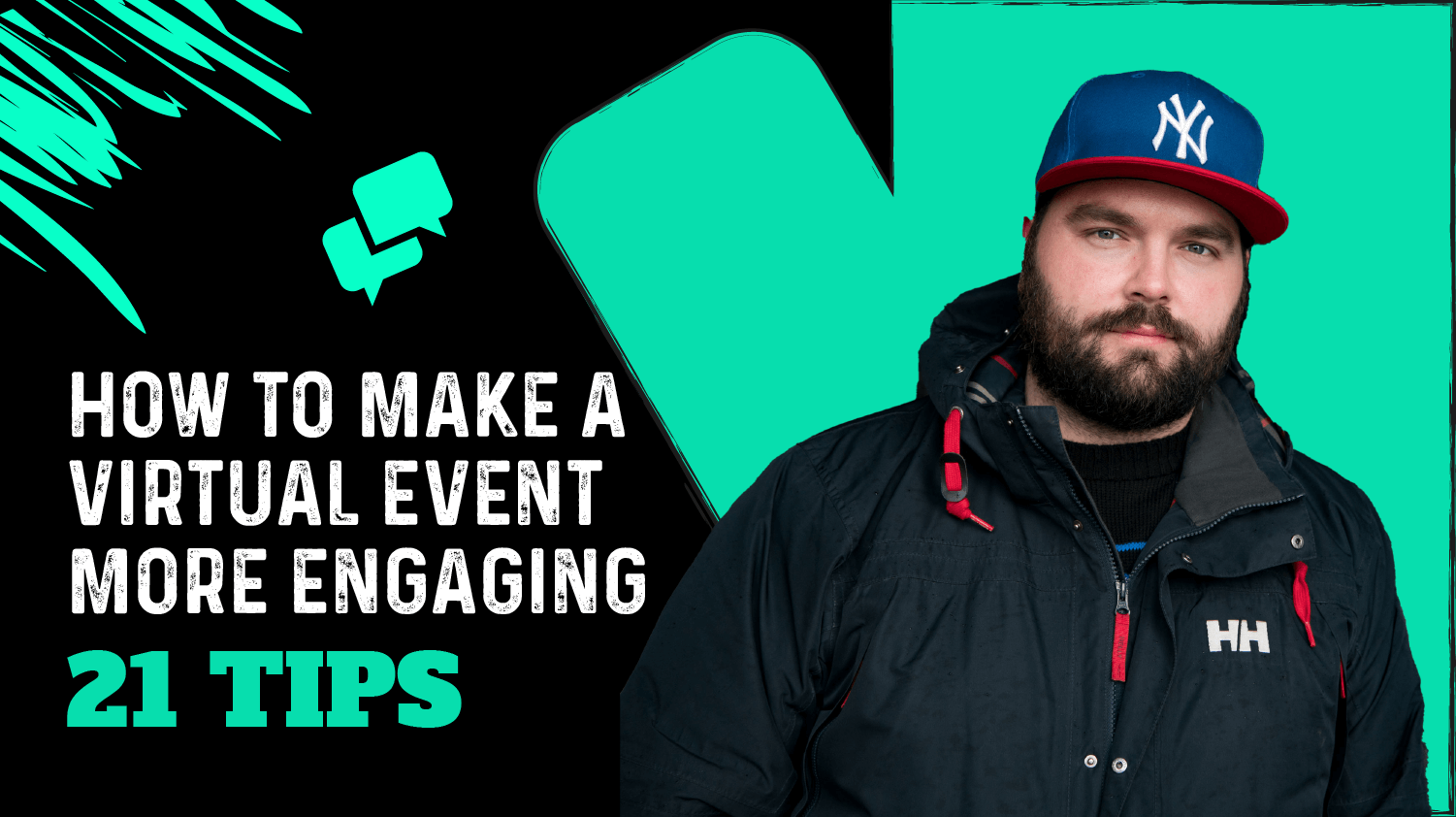
You can reach larger audiences around the globe. You can replay sessions and speeches on-demand. People can attend while multitasking,
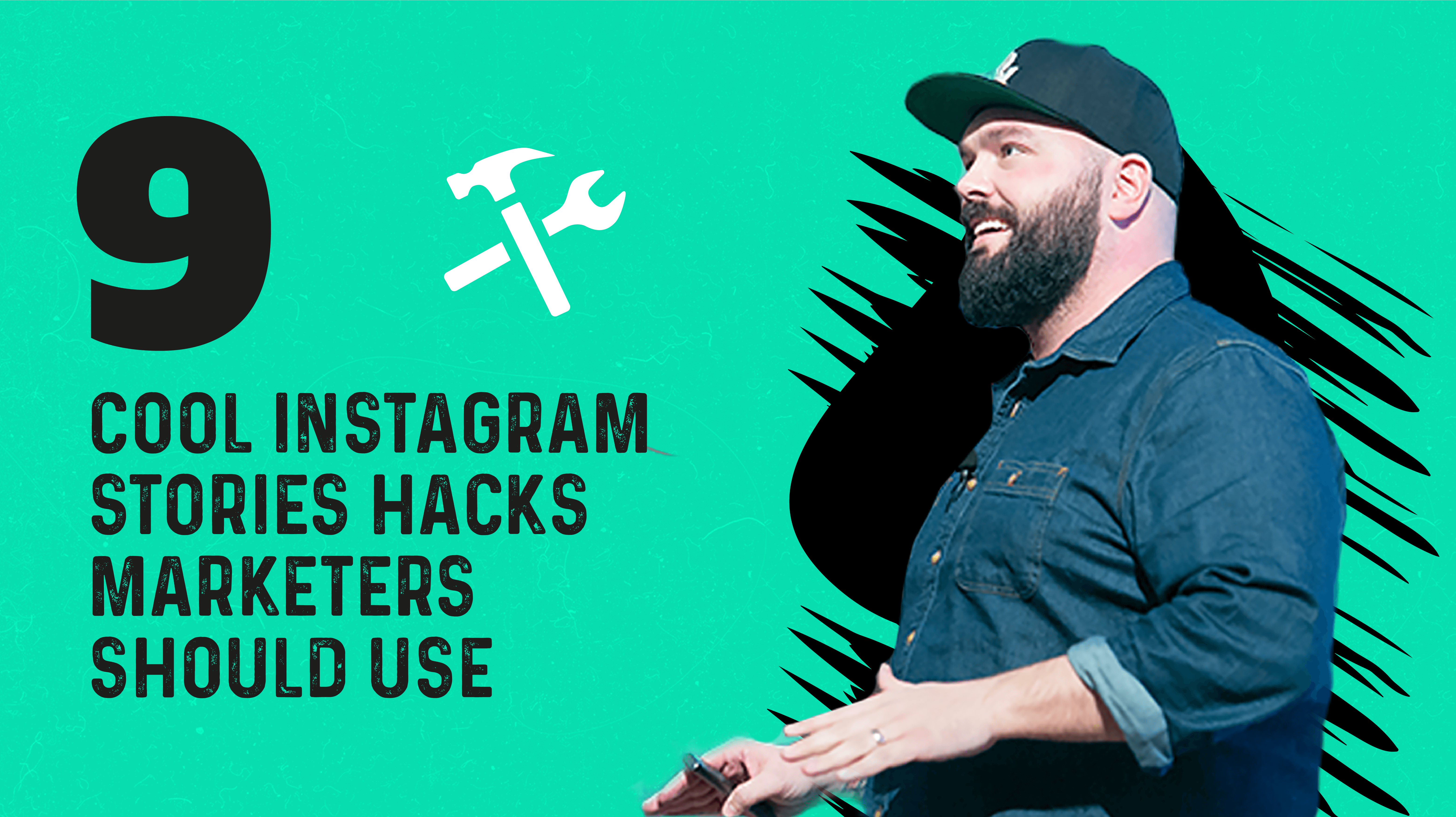
Are you taking full advantage of Instagram Stories yet? Of course not. That’s why you’re here to learn about cool
Copyright © 2023 Chris Kubby. All Rights Reserved.
Website by WP ServiceDesk | Website maintained by Social Media Agency Kubbco
